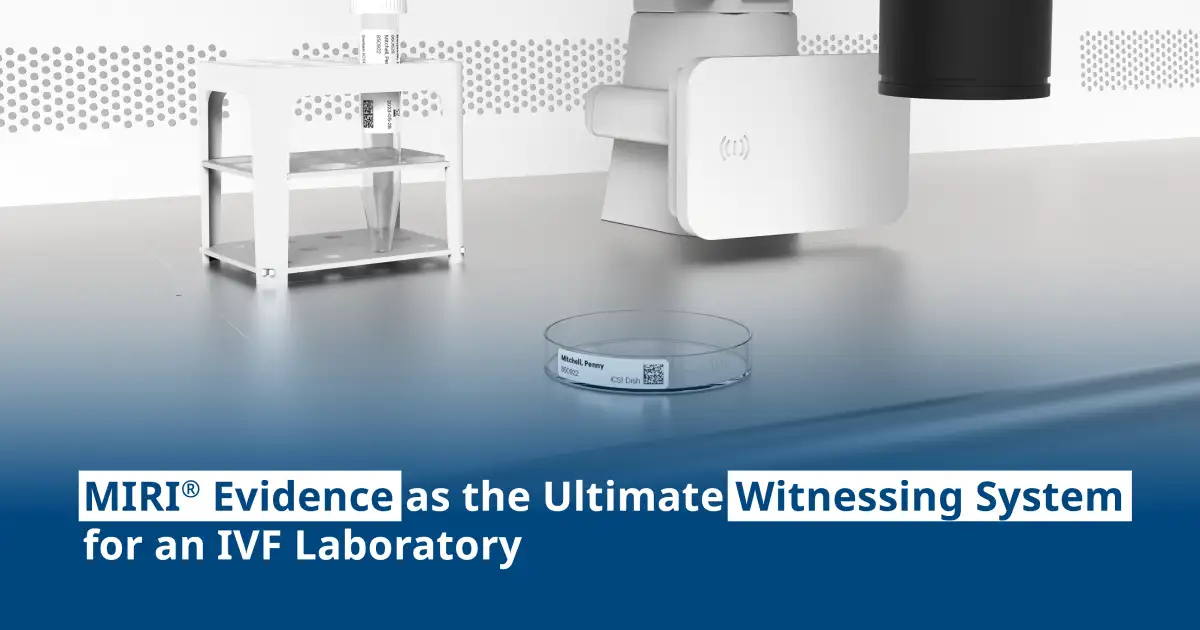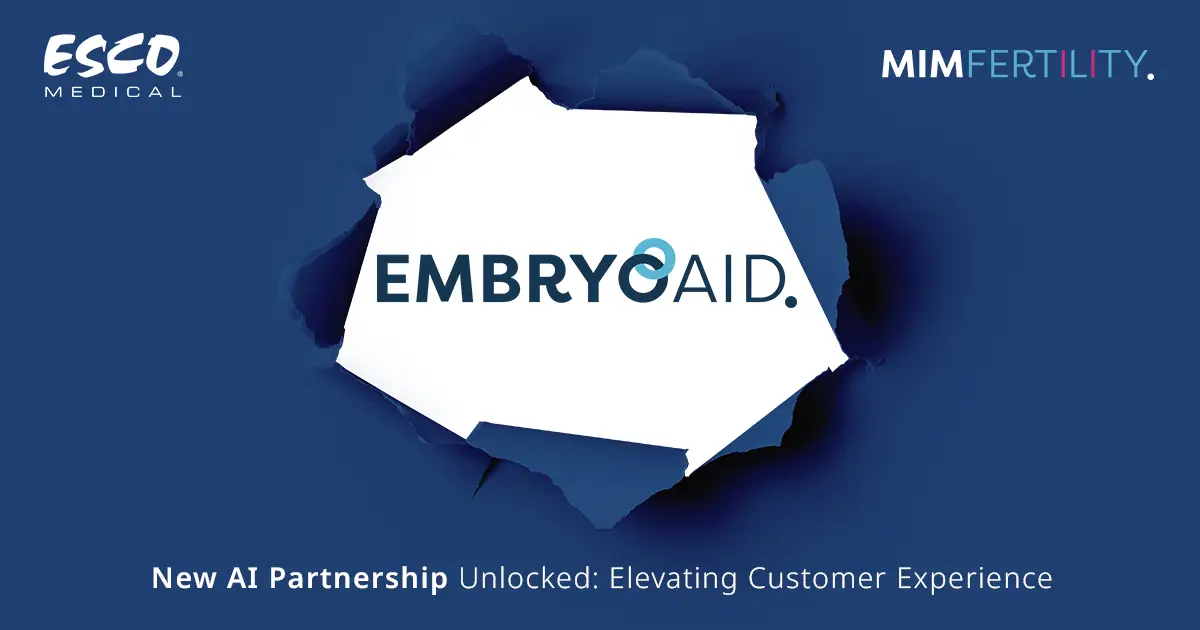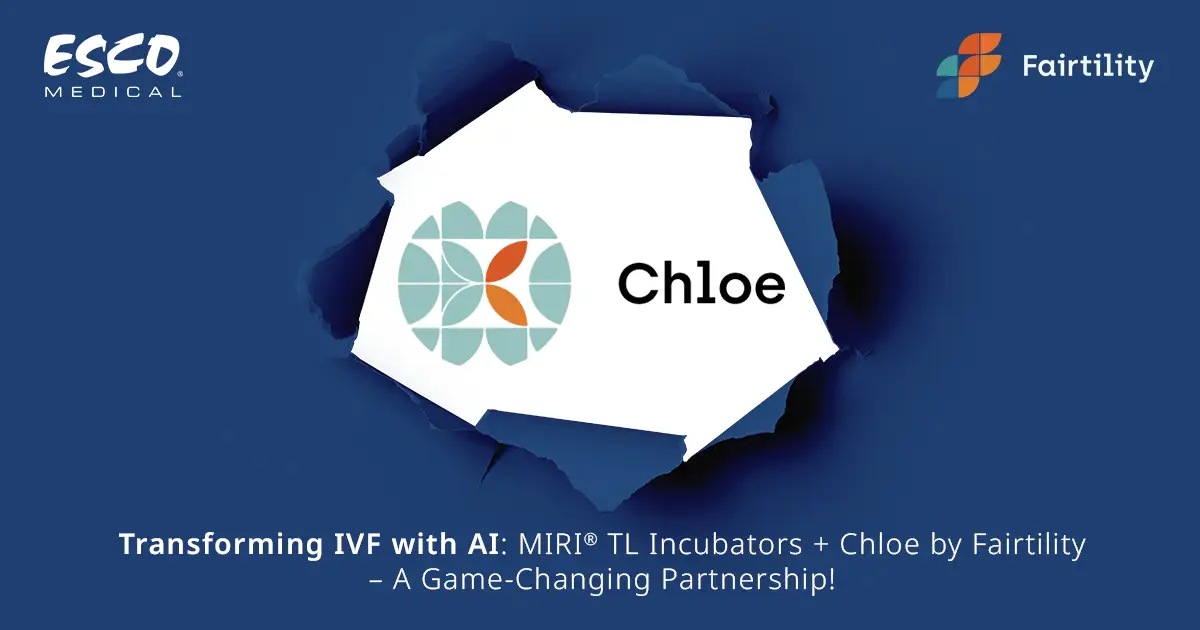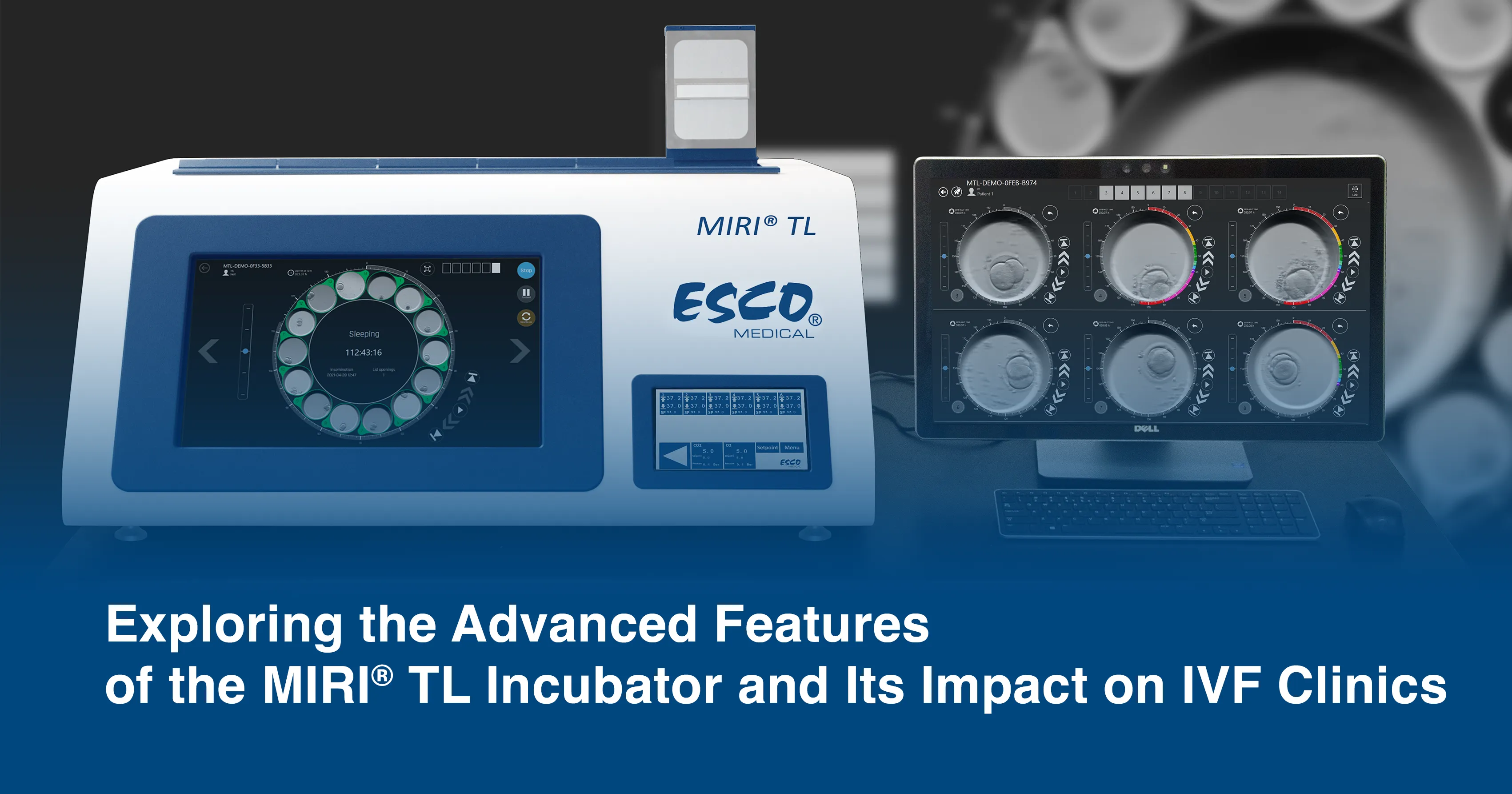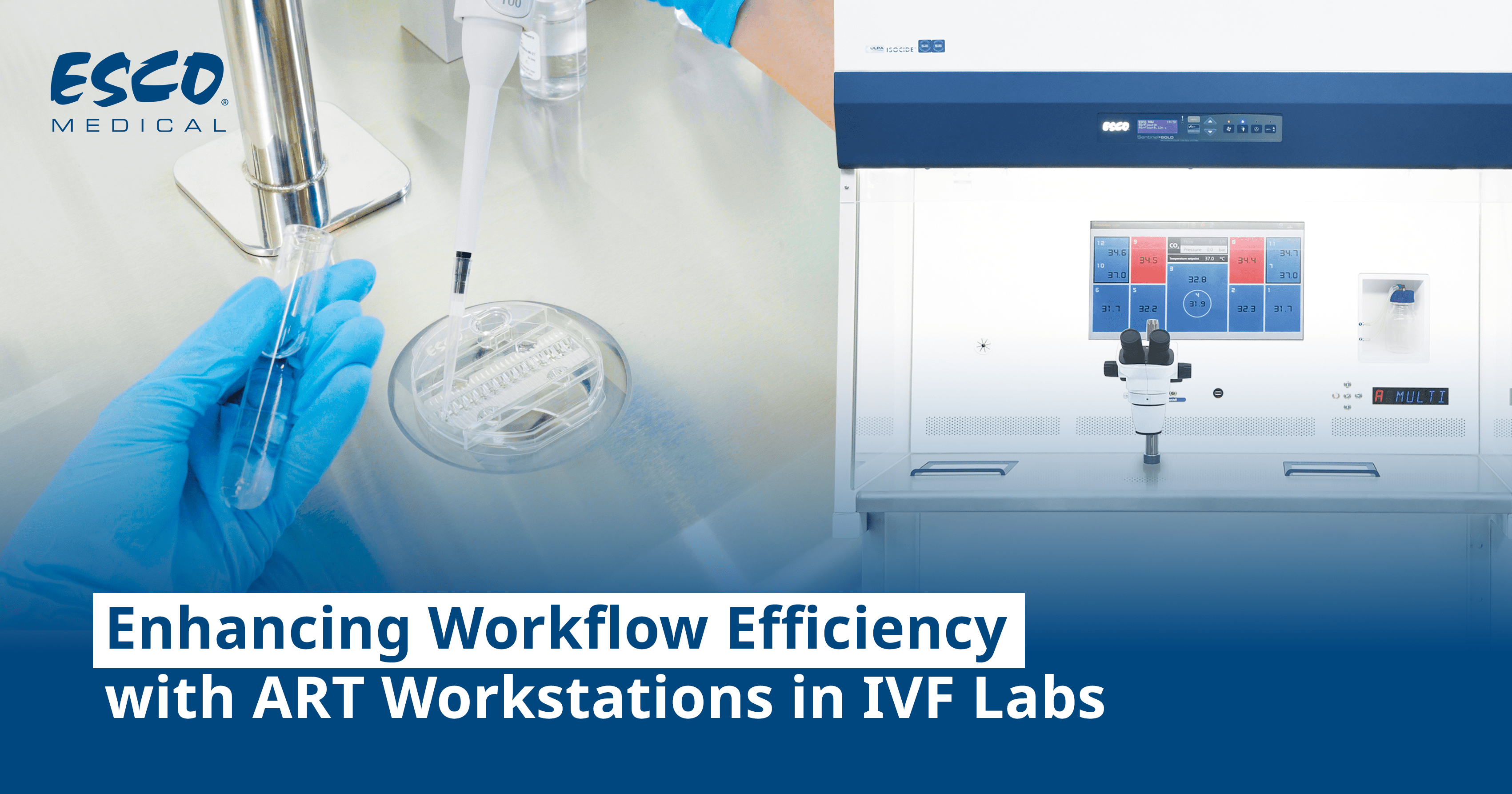
Workflow Optimization in IVF Labs
Efficiency Gains with ART Workstations
The advent of ART workstations has brought about meaningful efficiency gains, improving success rates and the laboratory experience for embryologists. Integration of HEPA and ULPA filters and laminar flow offers ISO Class 3 air cleanliness conditions. Integrated chambers provide transient incubation in the ART workstations, helping laboratories comprehensively optimize all workflows and fully reduce the need for constant manual intervention within incubators. It minimizes total handling time in addition to contamination risks.
IVF lab workflow optimization is necessary for clinics and hospitals when procedures are batched, or caseloads rise. The Esco Multi-Zone ART Workstation presents the option of including an additional stereo zoom microscope pole or even an AVT platform for the ICSI micromanipulator, allowing two embryologists to perform diverse operations simultaneously, thus doubling total workflow efficiency. The definite use of traceability and witnessing systems such as the MIRI® Evidence is greatly recommended in such scenarios for avoiding sample mix-ups and increasing sample traceability. The inclusion of such record-keeping and data-logging technologies greatly improves workflow efficiency in the IVF lab.
Expanding ART Workstations to Meet Growing IVF Demands
With the increasing demand for fertility treatments, IVF laboratories must keep improving their effectiveness so more patients can be helped and with higher quality patient care. ART workstations provide a flexible solution, allowing practices to efficiently manage space while cutting process time and merging different technologies to form one system. The addition of several flexible aspects like variable heat areas, stable worktops, and live tracking tools also ensures that specialists can function with consistency and increased efficiency.
Furthermore, ART workstations substantially contribute to staff well-being by enhancing overall ergonomics. Prolonged hours during demanding procedures, such as ICSI and embryo biopsy, can lead to fatigue and strain. Modern ART workstations are designed with many adjustable height settings and completely optimized workspace layouts, reducing physical strain and enabling embryologists to work efficiently over sustained periods.
The Esco Multi-Zone ART Workstation, along with integrated transient incubation chambers and monitoring solutions, is an ideal example of how technology can make laboratories more efficient with the best possible results for patients. With in vitro fertilization (IVF) techniques continuing to improve, high-performance ART workstations will become a standard for clinics if they are to achieve a competitive edge in the field of reproductive medicine.
